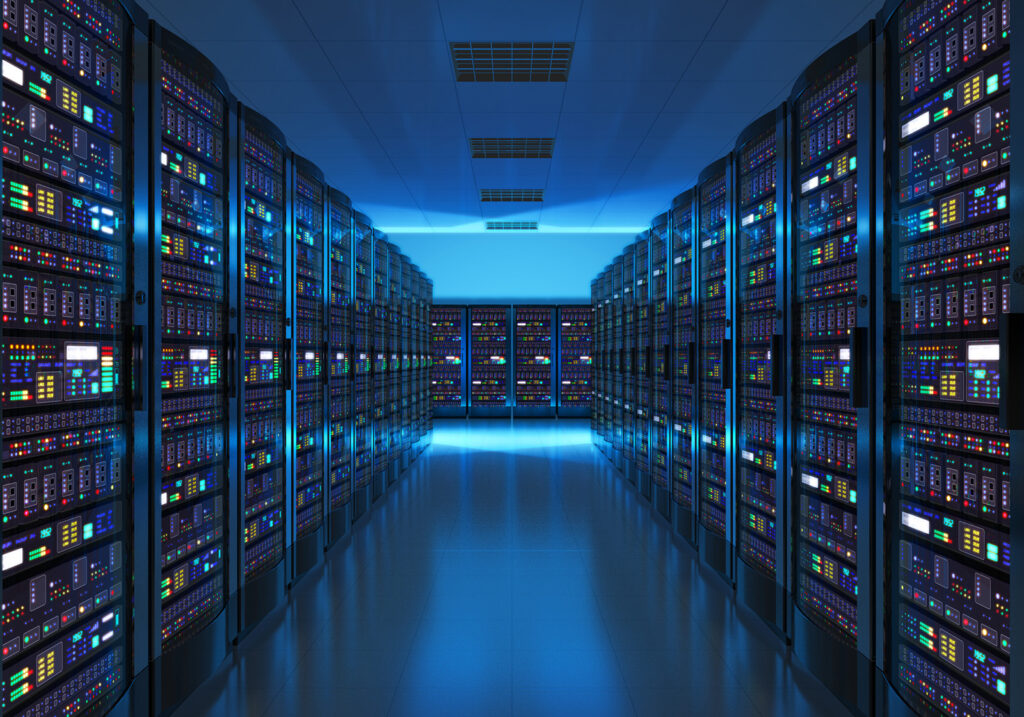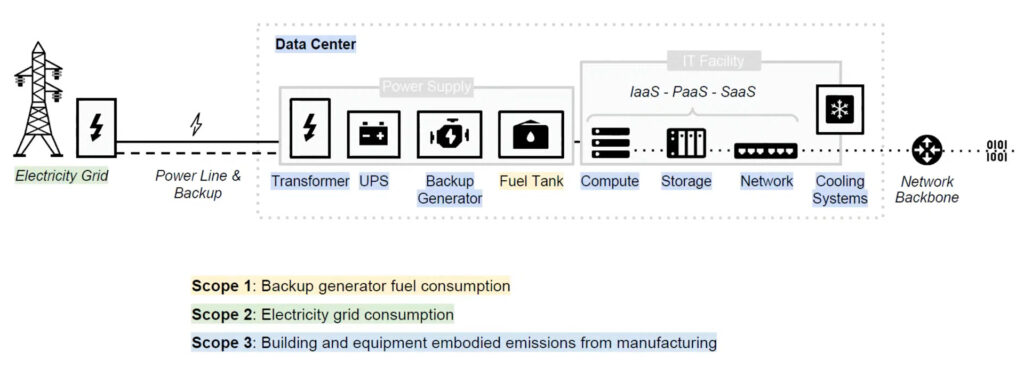Teads Engineering Sustainability
We approach the sustainability challenge in an iterative process around three pillars:
- Measure our impact
- Reduce with priority on most important emission sources
- Contribute to neutrality

Starting Point
The first thing we did to approach this challenge was to look at the current methodologies available. Today, the most common way to report the impact of an activity on the environment focuses on its global warming potential. Activities are converted into greenhouse gas emissions using emission factors, aggregated as CO2 equivalent.
Carbon reporting methodologies define three emission categories, also called Scopes, that group emissions across the value chain:
- Scope 1 emissions are direct emissions from owned or controlled sources.
- Scope 2 emissions are indirect emissions from the generation of purchased energy.
- Scope 3 emissions are all indirect emissions (not included in scope 2) that occur in the value chain of the reporting company, including both upstream and downstream emissions.
Here below we take a Cloud Data Center as an example to detail emission sources and their respective reporting Scope.

It can be tempting to focus on the electricity required to run the data center (Scope 2). But as we can see, it’s important to also consider the impact from the whole lifecycle of this infrastructure, especially the impact from building and manufacturing (Scope 3).
Finally, data centers are only one of the moving parts involved to provide digital services, along with the network infrastructure and down to the end-user devices.
After this first overview we wanted to see if we would be able follow the: Measure – Reduce – Contribute approach for Tech services. We quickly realized it wouldn’t be that easy and decided to share about our journey.
1 – Measure
The best way to decide where we should focus our efforts is to know how our impact is distributed. Our Advertising Service relies on a wide range of providers (Cloud providers, SaaS providers), our publisher partners, but also on network infrastructure outside our platform and ultimately end-user devices that will display our advertising campaigns.
Challenge: There is not yet a broadly adopted framework for the carbon impact analysis of digital services. Few Tech providers are able to report the environmental impact of their service to their customers. On top of that, comparing these assessments is complex as these reports are not all created on the same basis:
- The exact perimeter being reported varies. Most companies are still only focussing on emissions from operations (Scope 2). This is important as embodied emissions (included in Scope 3) shouldn’t be neglected.
- The methodology used to report the carbon impact varies as well (location-based versus market-based approaches).
- The assumptions and ratios used to convert activities into CO2 equivalents are not standardized for the Tech industry.
We previously discussed these challenges with a first article detailing how complex it is to assess a tech software platform, especially when it involves cloud providers: Evaluating the carbon footprint of a software platform hosted in the cloud.
There is an important lack of resources to measure the impact of digital services. I’m glad and thankful to be able to work on this issue with such a motivated team!
Benjamin Davy – Senior Innovation Manager
We are still far from having all the information required to make fully educated decisions. We started looking at our cloud infrastructure and since the information from providers is scarce we are working on estimation methodologies:
- We are studying ways to estimate the energy consumption of cloud computing resources. We have shared our approach in a detailed study: Estimating AWS EC2 Instances Power Consumption. This work is also visible in the EC2 Carbon Impact calculator and dataset we open-sourced.
- We are actively contributing to CloudCarbonFootprint, an exciting open-source initiative that helps Cloud users estimate the carbon footprint of their workloads (limited to Scope 2 emissions).
- We have also joined several initiatives bringing together the Tech ecosystem to share best practices and methodologies to improve this further: Planet TechCare, Boavizta. We have been able to share our work at the NTS Conference.
Finally, we have completed a Life Cycle Analysis of our digital advertising service through a pilot project with the research initiative NegaOctet, funded by the French Agency for Ecological Transition.
By covering the whole value chain involved in our service, we should be able to better grasp where we need to focus our efforts.
2 – Reduce
Now, how can we act as software engineering teams? Here are some of the measures we took in the past years to optimize our infrastructure footprint:
- Using machine learning to optimize the auction process and avoid unnecessary traffic and processing,
- Analyzing ad creatives to detect heavy assets in terms of size in order to optimize them.
More generally we are working with our providers to use best-in-class architectures and solutions to optimize the impact of our cloud platform. You can check this talk (in French) where we detail some of the best practices we applied to our infrastructure.
Some takeaways from the AWS sustainability team include:
-
- Maximizing instance utilization and trying to use AMD or ARM-based instances when possible. However, this should be treated with caution. By systematically moving workloads to the newest hardware we can contribute to shorten the hardware lifespan and thus increase impact from manufacturing.
- Favor server-side workloads versus client-side, this improves the overall impact of the service by centralizing processes where they are efficiently executed. In many use cases, this also contributes to less network transfer.
- Investigate possible trade-offs (quality of result, response time, availability). For example, queuing requests versus upscaling to deal with processing peaks. Another trade-off could be using serverless if the workload is compatible and response time isn’t critical.
- Avoid round hours for scheduling workloads, it creates peaks on the infrastructure which leads to oversizing on the provider’s side.
- Define and monitor proxy metrics to drive efficiency: vCPU quantity per transaction, average payload size per request, etc.
Other good practices involve minimizing data movement and, of course, locating workloads where the electricity mix carbon intensity is the lowest should be highly considered. This is now possible thanks to services such as ElectricityMap that was used by GCP to showcase data centers with the “Lowest CO2” in their console.
3 – Contribute to Neutrality
There is now a wide consensus on the fact that no company and even country can achieve carbon neutrality on its own (see the Net Zero initiative and its summary).
We have to contribute to neutrality by developing initiatives that will help increase carbon sinks to cover our unavoidable emissions as much as possible and work with our supply chain to improve our impact overall.
On a side note, as we are usually focusing on CO2 emissions, we shouldn’t forget that our environmental footprint as a Tech company goes far beyond that (water usage, material extraction, biodiversity, etc.).
On this third pillar, we are still studying the available options and assessing the best way forward.
***
We are deeply convinced that we collectively need to work together on this challenge. Contact us to know more about our work and help move things forward.